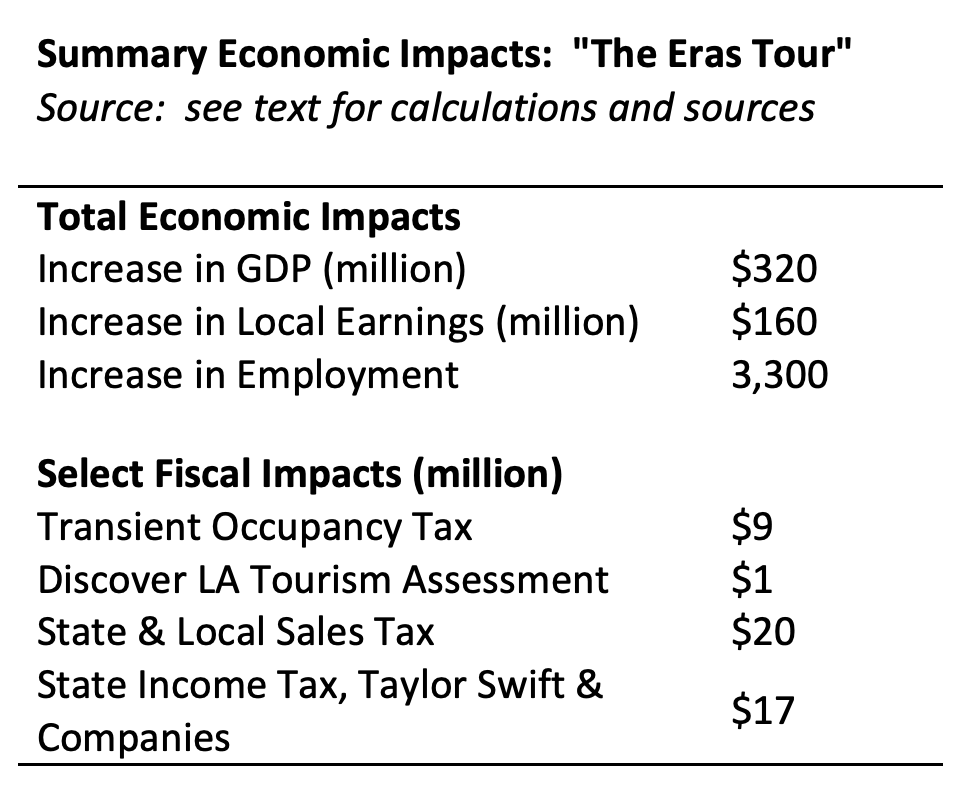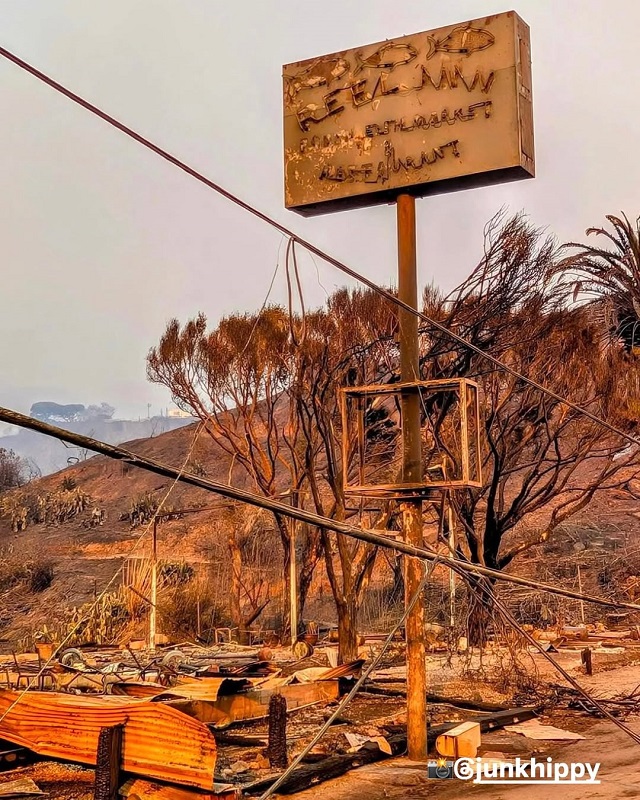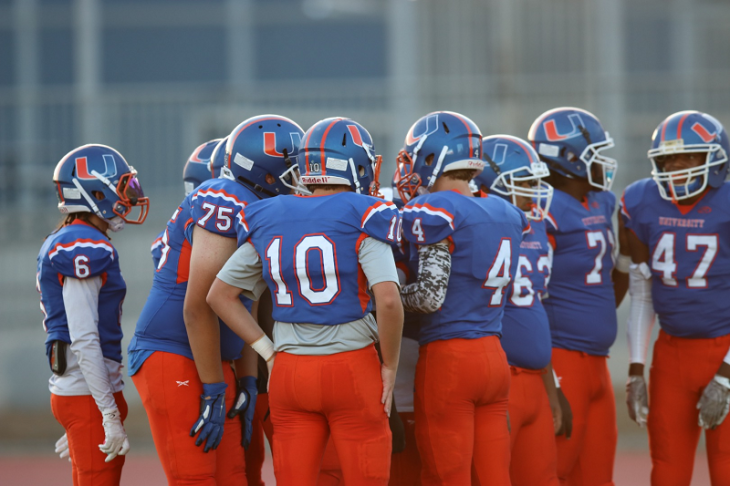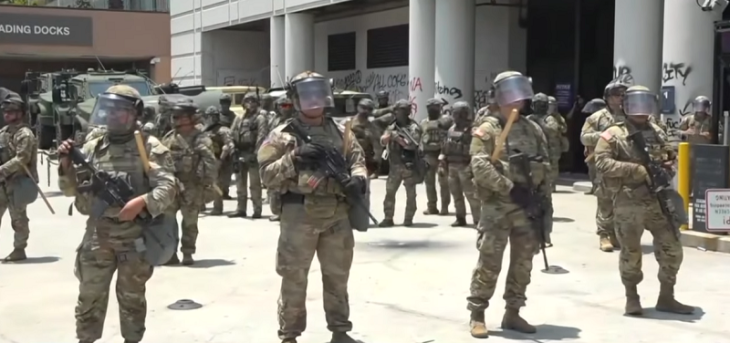Eras Tour Could Bring $320 Million To Los Angeles During Six-Day Tour Stop
By Dolores Quintana
A report from The Center for Jobs and the Economy, as part of its ongoing commitment to scrutinizing significant economic trends in California, has unveiled a comprehensive summary delving into the profound impact of the Taylor Swift Eras tour on the economy of the Los Angeles region. It examines the financial impact of this tour with a six-day stand at So-Fi Stadium will have on the city of Los Angeles. Taylor Swift has an undeniable cultural impact on the country and on the state of California, but just how much her tour will boost the economy is remarkable.
Amidst the backdrop of a region still striving to regain pre-pandemic levels of prosperity, the anticipated economic repercussions of the Taylor Swift Eras Tour stop in Los Angeles. The tour will benefit the city of Inglewood in particular. The forecast suggests a substantial $320 million injection into the Gross Domestic Product (GDP) of Los Angeles County, factoring in direct, indirect, and induced impacts. Moreover, the local employment sector is projected to flourish, witnessing a surge of 3,300 jobs, while earnings in the vicinity are expected to increase by a commendable $160 million.
The ongoing Taylor Swift tour is anticipated to wield considerable economic influence on the various cities fortunate enough to host her concerts, with estimations reaching as high as $5 billion collectively. Preceding the Los Angeles engagement, reports from different cities underscored the rejuvenating effects these events had on local tourism industries and city centers still grappling with pandemic-induced setbacks. The case of Los Angeles is no exception. Although the local tourism landscape has been on an upward trajectory, it still lags behind its pre-pandemic zenith. For instance, the hotel job sector in the City of Los Angeles remains around 15% below its pre-pandemic pinnacle.
Importantly, the aforementioned estimates exclusively encompass the economic activities linked to the six event dates. Particularly for out-of-town attendees, further expenditures are likely to ensue as many extend their stay to explore other popular tourist destinations within the region.

The analytical foundation of the Center For Jobs and the Economy report is built upon several key assumptions:
- Sold-out Crowds at SoFi Stadium: The calculations are premised on the assumption of six nights of sold-out attendance at the 70,240-seat SoFi Stadium. This figure is adjusted to account for seating blocked off for the stage set and free tickets, resulting in a 95% occupancy rate.
- Ticket Prices and Attendee Spending: Although current trends indicate diminishing ticket prices, the average ticket cost for the ongoing tour is approximately $700. Data from a recent national survey by QuestionPro suggests an average expenditure of $1,328 per concert-goer for the Taylor Swift tour, covering expenses like tickets, outfits, merchandise, food, drink, and travel. Adjustments are made for ticket prices and estimated merchandise spending.
- Hotel Room Rates: The assumed average hotel room rate during the venue nights is $302, with a 16% premium for hotels closer to the stadium. This increase aligns with the trend observed in larger cities hosting the tour.
- Distribution of Revenues: Around 20% of concert expenses and venue merchandise sales are predicted to remain within the region. The venue is projected to retain 20% of merchandise sales. The remainder, not generating additional California economic activity but taxed at California rates, is attributed to Taylor Swift and her management company located in Nashville, Tennessee.
- Corporate Income Taxation and Operating Expenses: The holding entity for the tour is treated as taxed at corporate income rates. Operating expenses are approximated at 20%.
- Ticket Resale Value: An assumption that 5% of tickets are sold in the Denver market, with an average resale value of $1,605, adds another layer of income to area households.
- Indirect and Induced Effects: Economic multipliers from the Bureau of Economic Analysis RIMS-II input-output are applied for Los Angeles County.

























